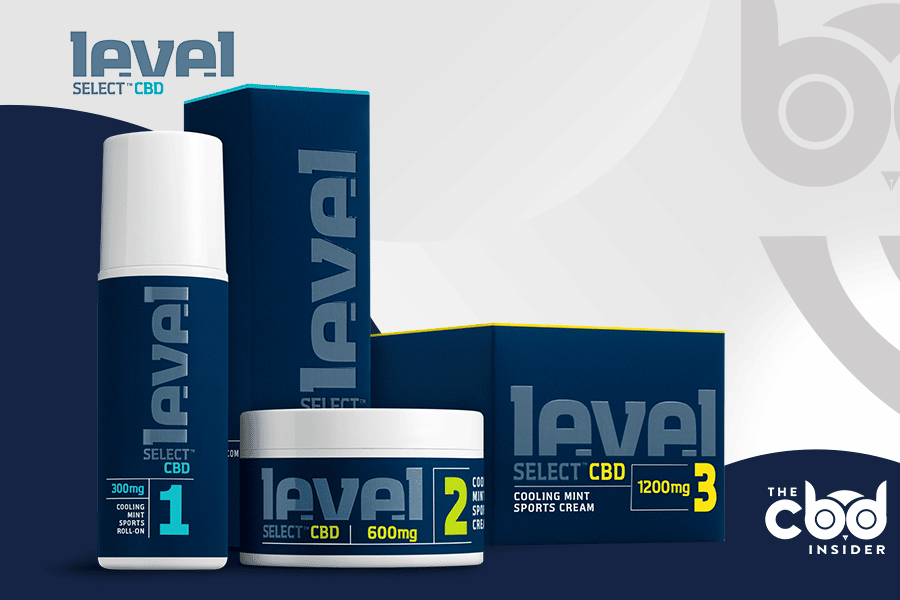Our garments are not 100% fibre. Virtually every textile component is synthetically generated with a tonne of chemicals.
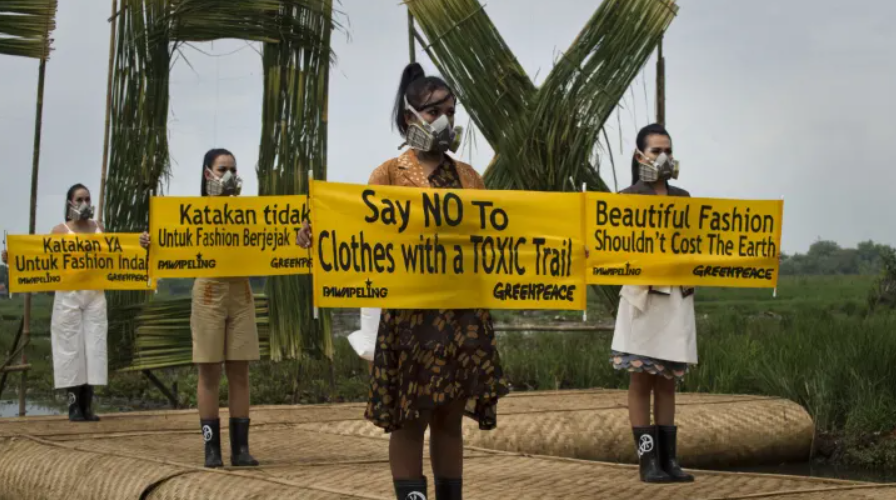
Resource
For all these yrs, buyers did not bat an eye when this was usual exercise, but now the choices are transforming. Luckily!
In this short article, we’ll be likely by a specific analyze of how harmful clothes affects us AND the setting.
Quick-Style- A Pleasure or Woe
The term “fast fashion” refers to trendy, very low-price, significant-turnover apparel and extras generated quickly to satisfy buyer demand from customers. Ecology, trash, and human labor have been not thought of when creating these apparel.
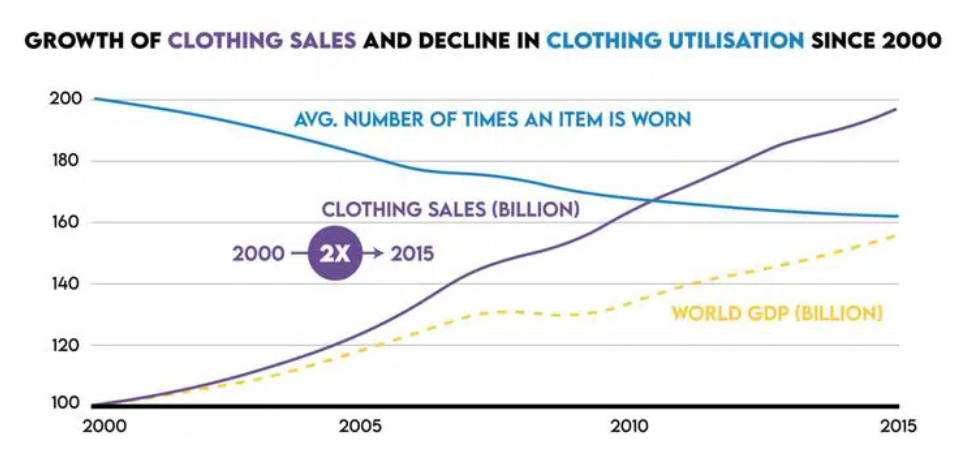
Resource
Every thing from deteriorating garment high quality to promptly transitioning tendencies contributes to harmful trend. Compared to what was two decades in the past, we now consume almost 400% extra new pieces of clothing each and every year globally.
It is explained that just about every 12 months style manufacturers launch 52-micro collections, which can effortlessly accommodate 2 seasons. It all qualified prospects to just one query is fast style fantastic?
We really do not assume so. Let us tell you why.
Poisonous Forms Of Garments – To Humans and The Surroundings
#1 Effectiveness Fabrics
PFCs are persistent and bioaccumulative chemical compounds learned in people and animals around the globe.
Whilst these substances increase efficiency, there is rising arrangement that they might most likely harm human and environmental wellness.
Incredibly made use of fabrics like athletic attire or healthcare facility textiles routinely have antimicrobial coatings like silver and triclosan.
Concerning flame-resistant textiles, halogenated flame retardants are frequently utilized to the fibres.
You can tell that a fabric has probably been chemically dealt with when you see wrinkle-free of charge, stain-resistant, h2o-proof, or flame-retardant characteristics.
#2 Outfits with A Chemical Scent
Chemical smell of apparel is a guaranteed indication of abnormal formaldehyde. Basic rule – do not obtain them!

Resource – Hazard assessment of dermal exposure to formaldehyde
Poisonous fabrics are also developed by the dyeing and treatment method strategies. It is expected to produce outfits that is water-proof, anti-wrinkle, and anti-microbial clothing, in addition to the severe chemical compounds routinely made use of to make fabrics tender and acceptable for clothes.
These finishing treatments commonly use acknowledged carcinogens like perfluorocarbons, formaldehyde, specified unstable natural and organic compounds (VOCs), and large metals.
#3 Artificial Cloth
Artificial fabrics are produced from dangerous substances for human beings. Petrochemical-derived produced fibres are made use of to make fabrics, such as polyester, nylon, spandex, and acrylic. They have also been linked to an improve in dermatitis instances and give considerably less breathability than their pure fibre rivals.
These materials are thoroughly processed chemically, resulting in significant carbon dioxide outputs.
Artificial fabrics, in standard, do put us at better hazard of dangerous substances than purely natural types.
On top of that, a lot of synthetic textiles quit our pores and skin from detoxing frequently.
#4 Conventional Cotton
The normal cotton business consumes a ton of drinking water, but it also employs a good deal of fertilisers and pesticides, which pollute the environment.
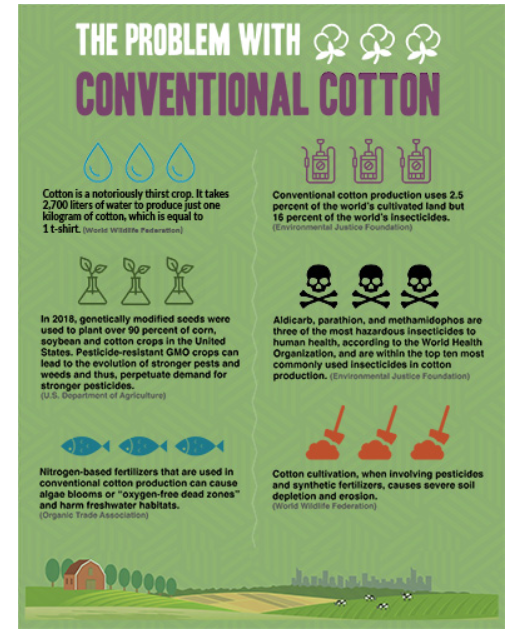
Resource
Conventional approaches of getting ready cotton can consist of major quantities of artificial chemicals. Inspite of currently being a all-natural materials, insecticides are extensively utilised in traditional cotton generation.
An believed 37% of fabrics made use of in the textile field are made of cotton. Though traditional cotton is by natural means derived, it yet raises basic safety fears. It is a well-known harmful material applied in our apparel.
How Harmful Is the Vogue Field?
The term ‘toxic’ refers to a number of facets of the textile: the fibre, environment, laborer’s lifetime, etcetera.
Let’s have an understanding of in terms of material to start with. Just before reaching our wardrobes, the clothes go by means of multiple chemical treatments.
According to Dr. Linda Greer, a senior world wide fellow at the Institute for Public and Environmental Affairs, “Chemicals are extra to garments for a lot of effectiveness tasks, like softening them, for wrinkle resistance, and shrink resistance.”
On average, more than 8000 chemicals are utilized to change raw elements into outfits. There are valid arguments for taking away these hazardous substances applied in garments production.
A single of the significant explanations is that workers expose by themselves to a incredibly substantial risk of contracting health conditions from these chemicals.
Effects Of Poisonous Apparel On Human Health
There are synthetic compounds, including carcinogens and hormone disruptors, suspected to be utilised in production clothes. The progress of malignant cells is attributed to substances known as carcinogens.
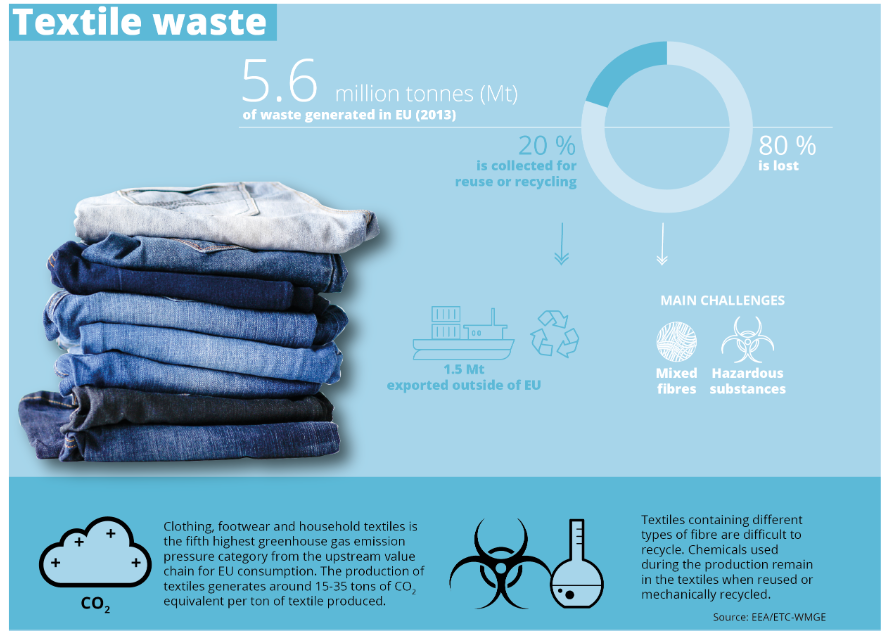
Supply
Flame retardants, AZO dyes, chromium, and formaldehyde are the extra potentially dangerous substances. These synthetic compounds can most likely irritate the pores and skin and exacerbate any allergies in the wearer.
It is important! Several of the dyes and finishes applied on normal textiles have substances that irritate the pores and skin.
Several people today consider cotton “natural,” still even “natural” apparel is not all that pure thanks to the pesticides, herbicides, chlorine bleach, and poisonous finishes.
Due to sweating opening pores and allowing the body to soak up extra chemical substances, buyers are specifically susceptible to rashes from severe substances utilised to make athletic clothing, underwear, and socks.
According to epidemiological research on overall performance fabrics (PFCs), fast trend is a key wellness risk and harms the ecosystem, wildlife, and people today.
Effect Of Poisonous Apparel On the Natural environment
Even more, the style sector generates 92 million tonnes of textile squander each year, most of which is disposed of in landfills or burned.
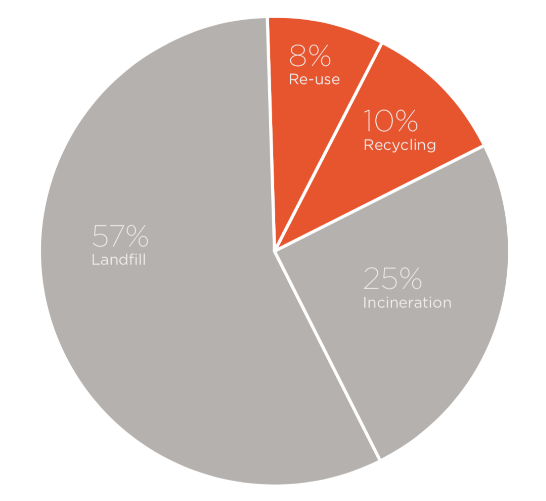
Source
Just about every 12 months, 85% of all textiles close up in landfills. Additional than $400 billion is squandered each and every yr due to the fact of abandoned outfits. Just before garments and elements are even made, a considerable environmental pressure exists.
What Substances Applied in Our Apparel Are Destructive?
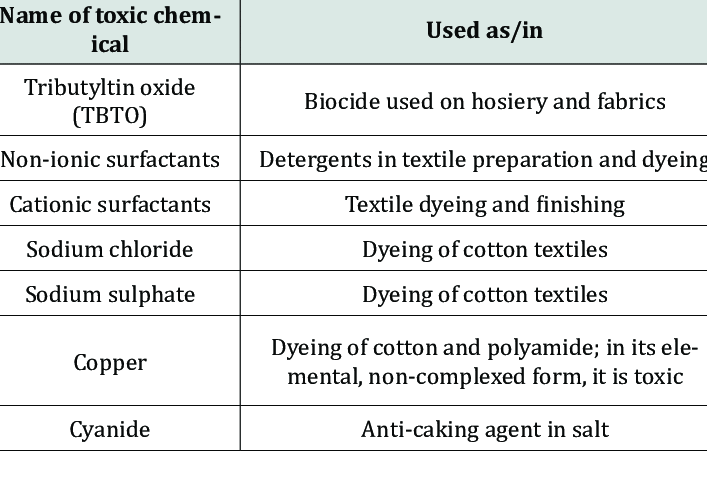
Supply
#1 AZO dyes
The most well known textile dyes include mercury-made up of pigments that can have an impact on the skin and organs and are utilised in textile manufacture.
Textile dyes have the best portions of p-Phenylenediamine (PPD), which can lead to dermatitis and skin allergy symptoms in their black and brown colors.
#2 PFCs (Perfluorocarbon)
PFCs are possibly existing in watertight garments and stain-resistant clothing. They are a distinct flame retardant class linked to wellbeing hazards like most cancers and infertility.
#3 Formaldehyde
This substance, utilized to make apparel fewer inclined to wrinkles, is known to irritate the skin and develop respiratory difficulties.
Just after their items examined good for formaldehyde many moments, the world-wide lingerie business Victoria’s Magic formula has been the goal of quite a few lawsuits.
#4 Solvents
To dissolve the dyes with pigments, the marketplace makes use of solvents. Overexposure to solvents can have an impact on how very well an organism’s organs and central nervous procedure work.
#5 Surfactants
Surfactants are applied in factories to clean, dye, and end textiles.
For the reason that of their antistatic, detangling, and softening traits. Despite the fact that significantly less toxic to folks, surfactants can be damaging to maritime everyday living.
#6 Phthalates
Phthalates might be related to “anti-odor” clothes that incorporates silver nanoparticles and the chemical triclosan.
Given that rubber-centered elements are utilised to print photos and logos onto clothing, phthalates are a plasticizer usually encountered in printing.
Phthalates, usually made use of in athletic apparel, sportswear, and plastic accents for extras, have been connected to hormone disturbance and most cancers.
#7 Chromium
Because they cure the leather a lot more speedily than vegetable tanning, chromium salts are widely utilised in tanning leather-based.
Chromium runoff is regularly improperly disposed of, which can hurt food stuff crops and build rashes and respiratory concerns in employees.
#8 Metals
Metals by by themselves are not hazardous, but when they are fused with unmonitored compounds or are not correctly traced alongside the source chain, they can grow to be dangerous.
Radioactive resources can at times accidentally soften at the very same time as unrefined steel operations. When a line of steel-studded belts was located to be radioactive in 2013, ASOS ran into this situation.
How To Stay away from Harmful Clothing
- Assume about buying from sustainable and eco-welcoming brands.
- Invest in less clothes.
- Significantly less is far more expend your funds on resilient objects that will previous a life time.
- Your human body can breathe and guide in temperature regulation when you opt for to wear natural fibres.
- Steer clear of wearing just about anything that states it is “flame-resistant.”
- Verify the within tag to see what the clothes is created of.
- In advance of sporting new outfits, constantly wash it to reduce pollutants.
- Watch out for leather substitutes.
- Be on the lookout for natural goods and fibres.
- Acquire vintage and applied products.
- Shopping for clothing developed with artificial, petroleum-primarily based fibres is not encouraged.
- Order merchandise manufactured from natural and organic cotton, hemp, linen, wool, bamboo, and other pure fibres.
Conclusion
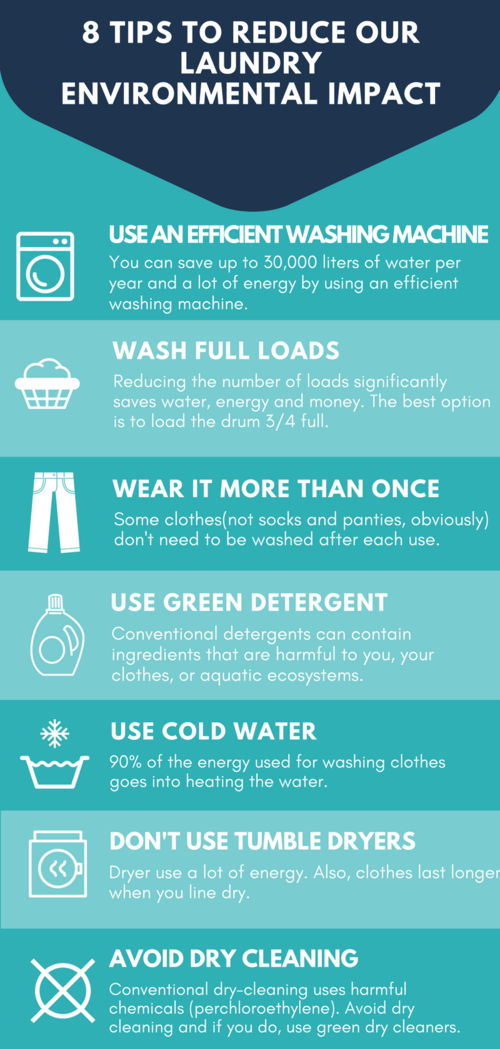
Resource
Though the garment business enterprise has been plagued by toxic style makes are defying conference. Quick vogue has considerable destructive consequences on the natural environment and culture, and shoppers want companies to change their strategies.
Prospects can limit their aid to companies that adhere to ethical manner criteria and strain corporations to transform their company methods to be extra environmentally friendly.

